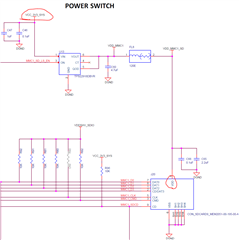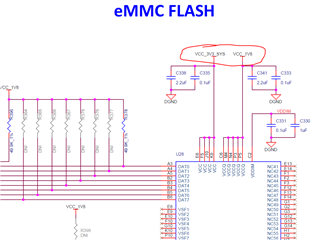In below Schematic power sequence, why separate VDDSHV_MMCx(VDDSHV5), but other 3.3V VDDSHVn connect to 3V3_SYS, 1.8V VDDSHV connect to 1V8_IO, if VDDSHV_MMCx(VDDSHV5 is 3.3V or 1.8V, can it connect to 3V3_SYS or 1V8_IO?
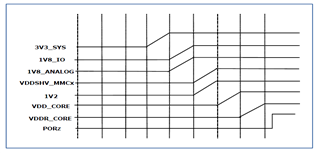

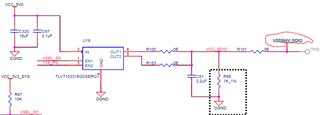
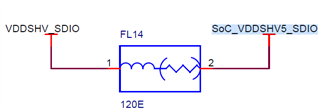

Or the design just leave it configurable for 1.8V or 3.3V by software control VSEL_SD?
but on the schematic, both SDCARD and eMMC are at fixed voltage
Please help clarify the power supply design purpose for VDDSHV5?.
